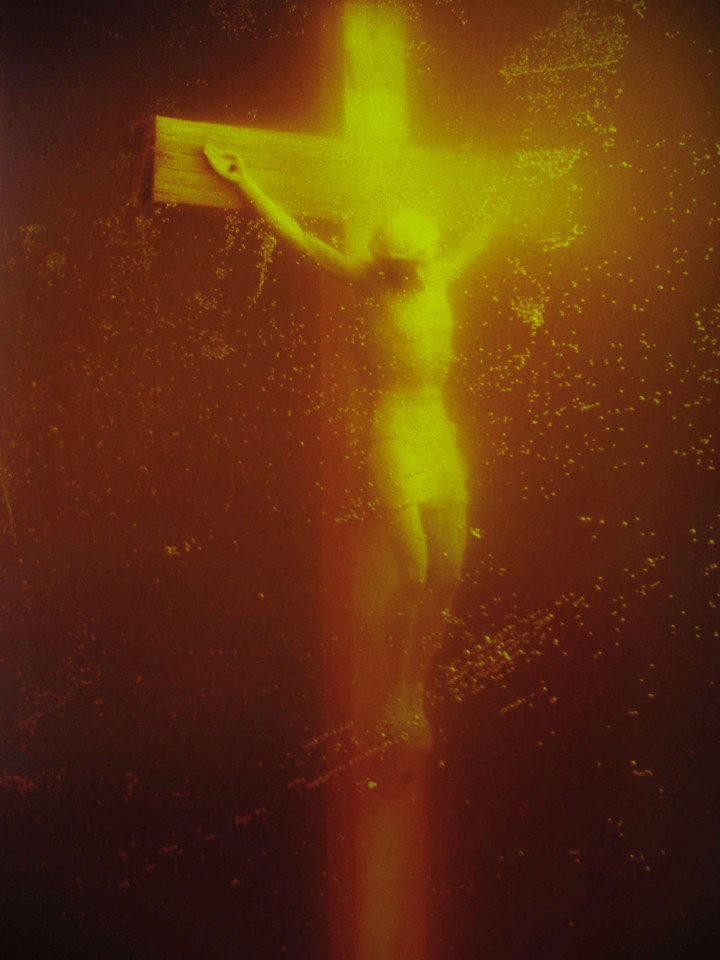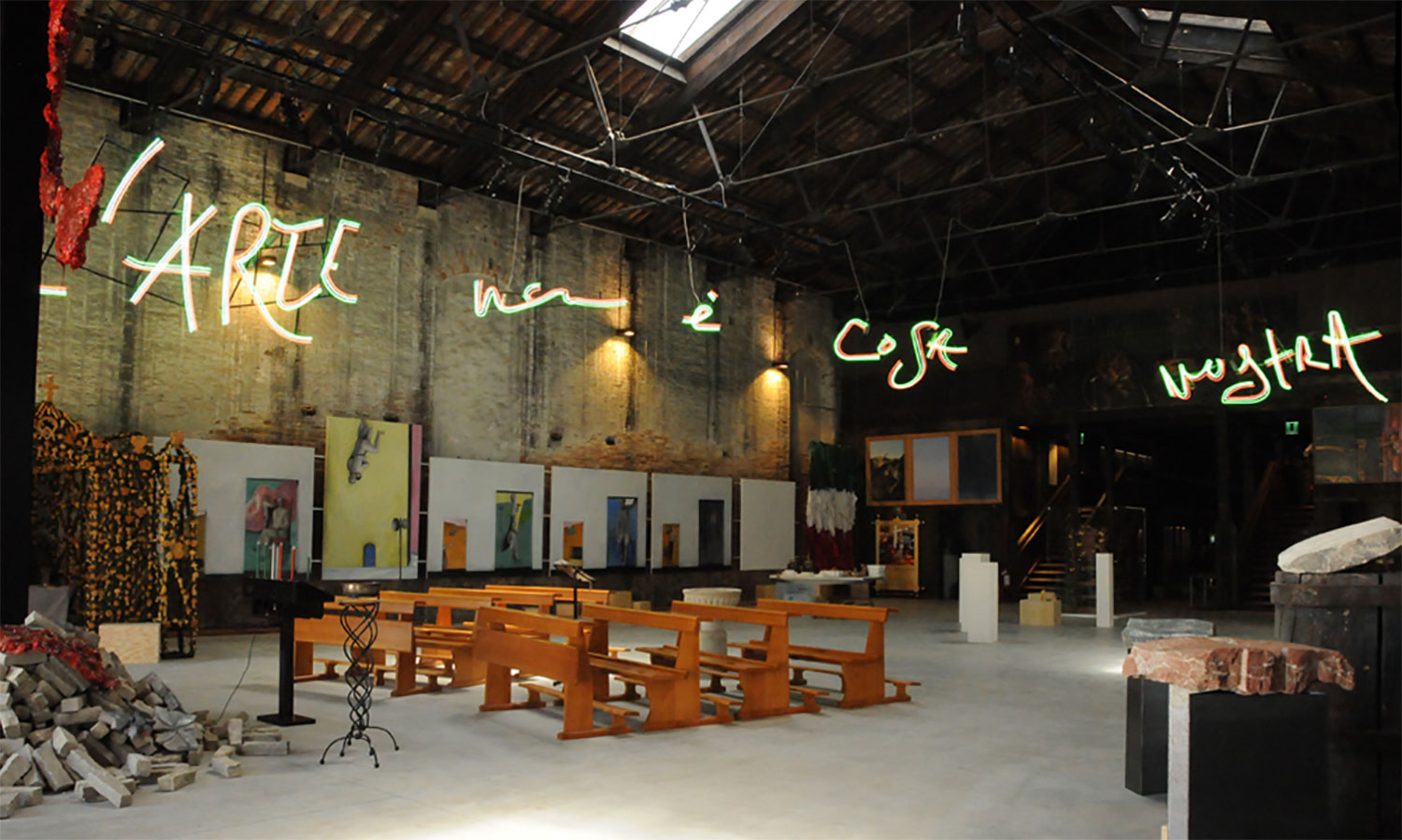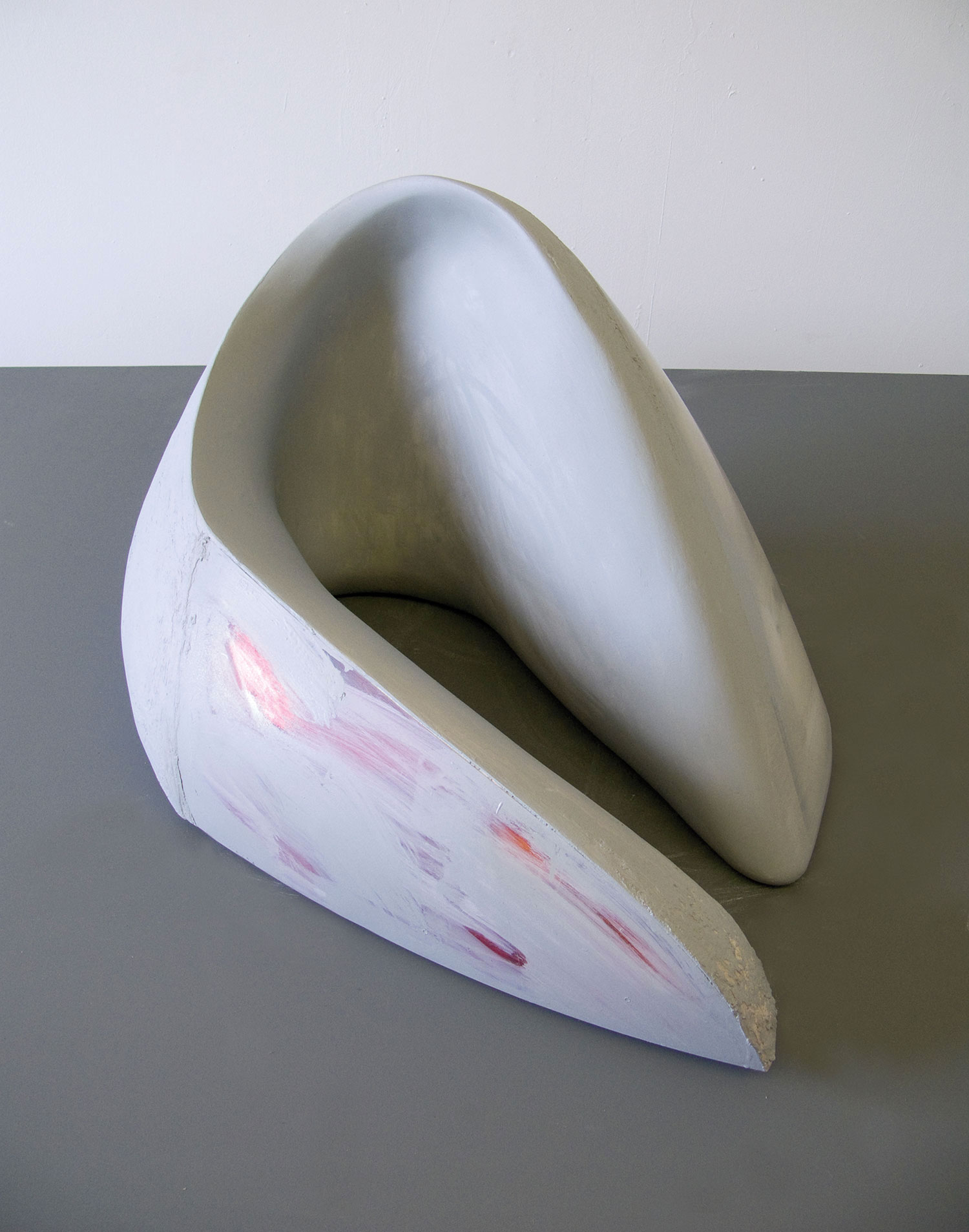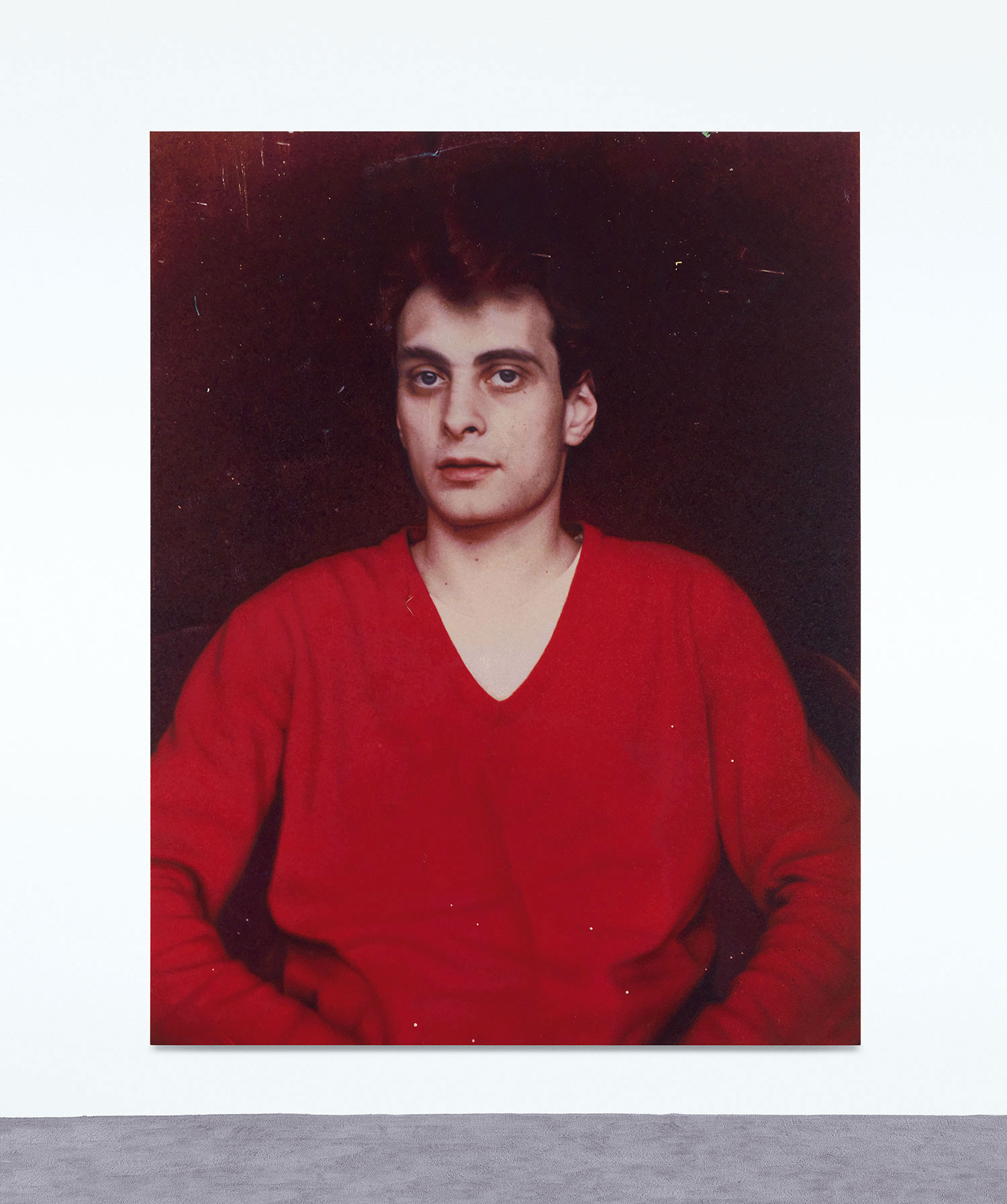
Over the last few months, we have witnessed several incidents of art censorship, assault and outrage instigated by a common denominator: religion. Or, to put it more precisely: conflicts arising from the use, or misuse (that in itself is the crux of the debate), of religious iconic content by an artist or an art institution within a cultural milieu that still aligns itself with a conservative vision of how religion must be implemented in all spheres of public life.
While the intertwinement of art and religion is no new phenomenon, the difference between these incidents and their historical precedents lies in the religions and respective icons to which they refer and make use of. For instance, I cannot think of anyone (except the deranged lady who lives on the corner of our street in New York and chews her hair for lunch) that would take offence if a Mycenaean death mask were used as an accessory by an eclectic drag queen. No. I am not referring to the recent Alexander McQueen show at the Met. Or if a Roman Goddess, say Venus, were portrayed in a rather compromising position. Titian already did it as early as 1538, providing one lucky mayor of Urbino with great food for thought. The “religious” references that such works make are connected to systems of faith that no longer exist. The icons they refer to do not delineate any current acts of worship orbiting around the person of a mass-revered deity. But the uproars stirred by such recent events such as David Wojnarowicz at the Smithsonian, Mustapha Benfodil in Sharjah and Andres Serrano at Avignon are caused by a re-contextualization of immensely pertinent icons within a reading that opposes the designated liturgical function through which they have been commonly viewed.
While censorship and sabotage are by no means acceptable, I find the simplistic rhetorical discourse about “freedom of expression” surrounding each of these “events,” or their staged repercussions, equally intolerable, self serving and hence misleading. The art world has not seen so much political correctness since the heyday of the academic salons of 19th-century Paris. Activism became the plat du jour and was consumed by the advocates of the “free” world. Of course “free” is synonymous with the West, or the “Westernized,” and yes, I am being sarcastic here. These took the form of an disparate range of petitions, manifestos, boycotts and in some cases performance art happenings, not half as provocative as those of John Cage, Hermann Nitsch or those in which the “the artist is present”!
More often than not, the specificities of each of these considerably different incidents were marginalized in the crazed frenzy for “being on the right side of history,” as one commentator declared recently. This is by no means an attempt to justify, or even less so to advocate, any form of censorship. Rather, it is an attempt to construct a social/historical framework that would enable us to understand why, in the 21st century, what happens within the confines of the elitist world of the culturally “enlightened” can hurl the rest of us into actions more befitting of a medieval epic. For the most part, such “inward-looking activism” stems from a frightening ignorance, or worse, an obliterating obliviousness to the bigger picture by those within the art world: the diverse complexities, multilayered challenges and conflicting loyalties that propel certain individuals or institutions to remove or attack an artwork. Informed with a better understanding of the various factors at play, all parties involved could then embark on an informed dialogue marked by sympathy and an honest desire for engagement.

I wonder, for instance, if those who condemned the attack on Serrano’s piss-drenched crucifix were equally aware and critical of a speech by Nicolas Sarkozy a month earlier, in which he lauded the “Christian heritage of France” at Puy-en-Velay. Ironically, or perhaps knowingly, this was where the First Crusade was preached by Pope Urban II while on tour in France to rally crusaders for the recapture of the Holy Lands. Religious fervor can come in all shapes, ranging from the destruction of an artwork to the zealous words of a president seeking re-election. Should, for instance, someone have read through Sarkozy’s words, noticed the resounding voice of the 11th-century pope and edited them before they were uttered? Would that have been viewed as censorship, or rather greeted as cultural and inter-religious awareness?
And what of the Smithsonian affair? While most of the heat was directed toward the museum staff for the removal of the Wojnarowicz video, the criticism of the pressure that federal and state funding for the arts exerts on curators and museum directors was not half as intense. Already battling with post-recession consequences, secretary of the Smithsonian G. Wayne Clough, like many museum directors, is running the marathon of appeasing the taxpayers, a sizeable number of which hail from the conservative Christian right. From early on, and throughout the entire tumultuous affair, the “funding card” was waived in statements that were released condemning the work’s so-called “anti-Christian” content. Republican Congressman Jack Kingston, a member of the House Appropriations Committee, for instance, announced via Fox News: “If they’ve got money to squander like this — of a crucifix being eaten by ants, of Ellen DeGeneres grabbing her breasts, men in chains, naked brothers kissing — then I think we should look at their budget.” A little less time spent social networking for “freedom of expression” might have alerted our politically correct minds to the shaky model of state subsidization, and its alignment with a dominant “religious” perspective, as an impingement on artistic freedom, and hence as the main source of censorship. Many museums, in an attempt to maintain their annual funding, are finding themselves forced to edit their programmatic choices before their seasons are even publicly announced. Such acts of self-censorship, often more difficult to quantify and pin down, are equally if not more questionable than the type of “after-the-fact” censorship we have witnessed of late.
And what of Sharjah and what is now being referred to as the “Persekian Affair,” which sounds like a sequel to The Da Vinci Code, or, more intriguingly, Lady Chatterley’s Lover? A comprehensive tackling of this debacle will have to be the subject of the next column.





